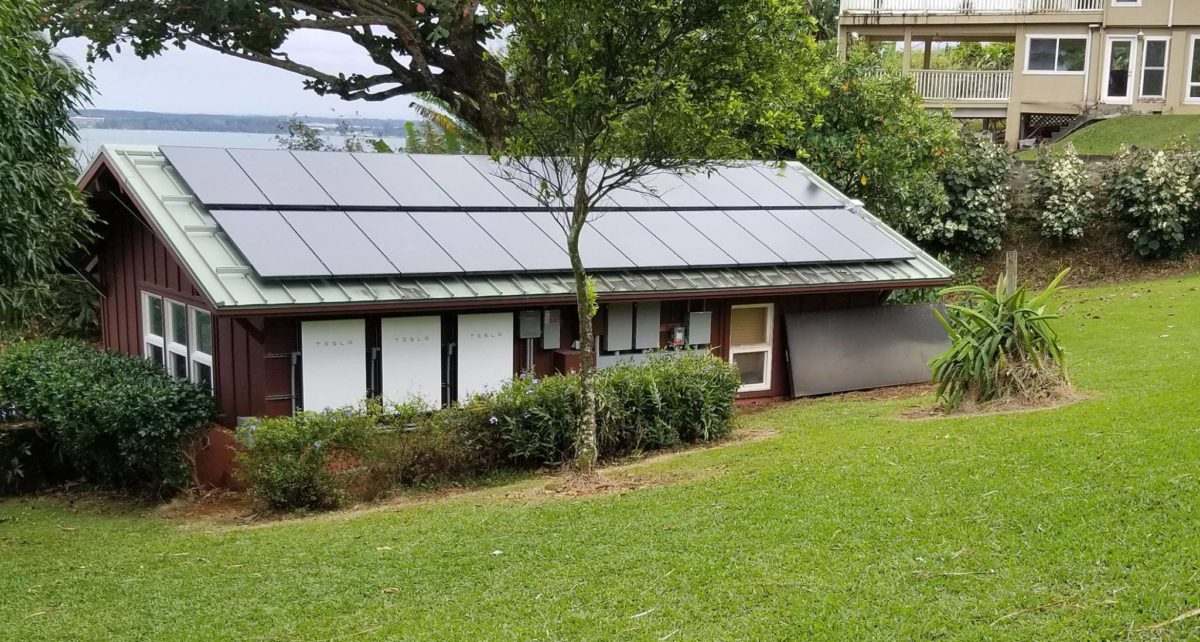According to the U.S. Energy Storage Association (ESA) and Wood Mackenzie, Q4 2019 marks the largest-ever quarter for storage deployments across all U.S. market segments.
It was a record quarter for power capacity with the U.S. deploying 186.4 MW and 364.2 MWh of energy storage.
Front-of-the-meter (FTM) installations appeared to growing faster than the behind-the-meter segment. The FTM market grew 160% in quarter-over-quarter growth, with 103.8 MW deployed in Q4 2019. The FTM market accounted for 56% of quarterly deployments, in MW terms, after two consecutive quarters in which it made up less than 50%, according to the report from ESA and WoodMac.
Because of PJM’s appetite for 1-hour duration storage in the Reg D regime, the growth on a megawatt-hour basis was slower than MW-based growth.
Kelly Speakes-Backman, ESA CEO, said in a release, “The electricity system of today and tomorrow relies on energy storage expansion, inclusion and integration. To accelerate its resilience, reliability and economic benefits, it is critical that federal lawmakers enact a standalone federal energy storage tax credit.”
Shutoffs and mandates driving California storage
Driven by California’s involuntary Public Safety Power Shutoffs and perhaps by the state’s solar mandate, California led the behind-the-meter (BTM) segment, while Massachusetts led the FTM rankings.
BNEF claims that customers installing solar are “willing to pay a premium to add storage for backup.” According to a recent report, BNEF expects 50,000 residential battery systems to be installed his year — up from the 19,000 California homes that had batteries in 2019.
According to the ESA report, the residential storage market saw another strong quarter, with 40.4 MW installed in Q4 2019. The non-residential BTM sector recorded its second-strongest quarter on record, with 42.2 MW deployed.
“The BTM segment had a banner year,” said Brett Simon, WoodMac senior analyst. “California continues to be a market to watch and we expect almost one in four residential solar systems across the state to have storage attached in 2020.
Hawaii also will continue to see strong growth in energy storage. Last year on Oahu, 73% of new permitted systems included batteries compared to 62% in 2018 with similar percentages on the other islands, according to Marco Mangelsdorf of ProVision Solar.
Continued growth over the coming years
The U.S. energy storage market is expected to expand from an annual deployment of 523 MW in 2019 to 7.3 GW in 2025 — and from $712 million in 2019 to $4.2 billion in 2021 to reach $7.2 billion by 2025.
This growth will be largely be driven by front-of-the-meter utility deployments, while the residential market will represent a disproportionate share of the market’s dollar value by 2025 — with its higher prices on a megawatt-hour basis.
Here are key figures from the report.
- 186.4 MW of energy storage was deployed in the U.S. in Q4 2019, rising 33% year-over-year
- 364.2 MWh of storage was brought online in the U.S. in Q4 2019, rising 60% quarter-over-quarter
- In Q4 2019, FTM storage deployments rose 160% quarter-over-quarter (in meagawatts)
- The report forecasts the U.S. energy storage market to grow from 523 MW in 2019 to 7.3 GW in 2025
As pv magazine has reported, it’s not the next lithium-ion battery breakthrough that’s going to accelerate the energy storage industry. It’s not the next inflated promise from a flow battery startup, compressed-air scheme, solid-state battery research project or energy storage dream funded by Bill Gates.
It’s energy storage projects as investment-grade finance tools for institutional investors that will grow the energy storage market to $546 billion in annual revenue by 2035, as predicted by Lux Research, or grow the business tenfold from 2018 to 2023, according to Wood Mackenzie.
More details on the report can be found here.
This content is protected by copyright and may not be reused. If you want to cooperate with us and would like to reuse some of our content, please contact: editors@pv-magazine.com.








BTM will be pushed by blackouts (or the fear of blackouts) and TOU. When you can store solar generated at $0.04/kWh and use it instead paying $0.111/kWh (in my case that Xcel CO is requesting) or buy it during overnight for $0.055/kWh and store it. TOU will also probably finally force me to put 240v in my garage so I can charge my car since it won’t always charge fully from 10pm-7:30am when the 0.0555/kWh rate is in effect.
“Kelly Speakes-Backman, ESA CEO, said in a release, “The electricity system of today and tomorrow relies on energy storage expansion, inclusion and integration. To accelerate its resilience, reliability and economic benefits, it is critical that federal lawmakers enact a standalone federal energy storage tax credit.””
I suspect Fair Market Value accounting rules are being gamed to make the economics of storage pencil. Even if they aren’t, the incentive for storage projects should be back-loaded rather than front-loaded. You want the incentive structured this way to make sure the US government isn’t subsidizing junk projects.
The EIA tracks battery projects. We are currently seeing battery project utilization rates of under 4% and utilization rates have actually been trending down. Remember this is happening at the same time that curtailment rates for RE projects in the US have been increasing. Wouldn’t you think the utilization rates would be going up?
7.3 GW in 2025? Well… If BofA, Goldman Sachs and the other big tax equity investors manage to push through the tax credits it may happen but it would be far more sensible to simply use the storage incentive dollars to build more wind, solar and encourage EVs. If you want to give batteries a stand-alone tax credit do it with electric busses and big rigs. You’d get high utilization and a big reduction in pollution.